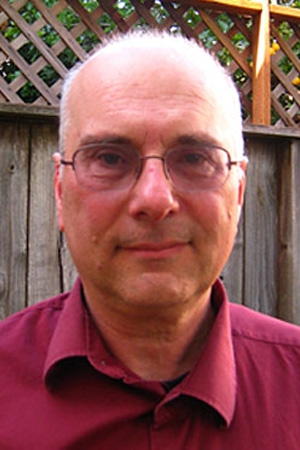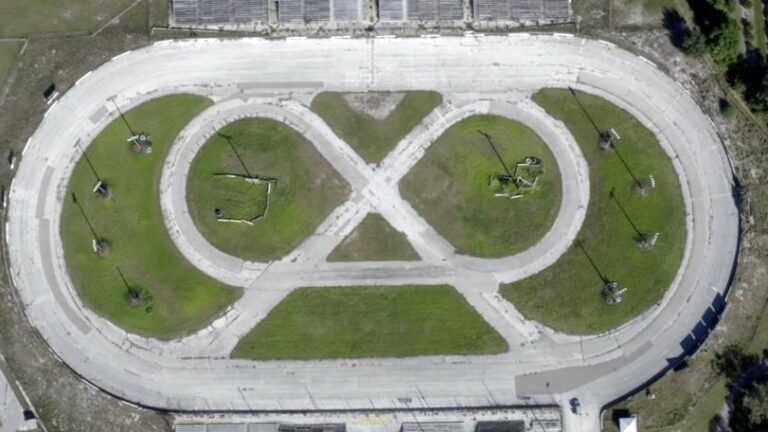Over a third of people in the United States do not access broadband at home, and nearly the same percentage "do not use the Internet anywhere," according to a new survey released by the Department of Commerce's National Telecommunications and Information Administration. That's "not anywhere" as in not at home or work—no Facebook, no texting, no tweets, no e-mail, nothing. It's a six percent drop from two years ago, but still a big chunk of America.
"The report confirms that at the end of the first decade of the 21st Century, too many Americans still rely on slow, narrowband Internet access or do not use the Internet at all," said NTIA chief Lawrence Strickling in the report's foreward. "Although life without high speed Internet service seems unimaginable for many Americans, for too many others, broadband is still unattainable."
Three years ago Strickling's lament might have come off as bit precious. If people don't want to engage in social networking, blogs, YouTube, P2P, or e-mail, so what? And a Pew Internet & American Life project released a year ago indicated that two-thirds of broadband-less Americans said that they didn't even want it.
But this document tells a different story. It comes as applying for a job or going to college has become difficult or impossible without access to a broadband-powered device. A sizeable slice of those surveyed still say they're not interested in the 'Net. A majority, however, give more troubling reasons for their absence from cyberspace. They don't have a good enough computer, they confide—or they have no computer at all. Or they feel they lack the skills to go online. And big percentages of them complain that broadband at home is too expensive.
The NTIA's survey, it should be noted, came as Federal Communications Commission Chair Julius Genachowski gave a sneak preview of the agency's National Broadband Plan on Tuesday. The document will call for 100 million homes to have 100Mbps Internet access, Genachowski said, and the US should have the world's largest "ultra-high-speed broadband testbeds." Plus Internet adoption rates should hit at least 90 percent—which is way beyond what the NTIA says we've got right now.


 Loading comments...
Loading comments...
